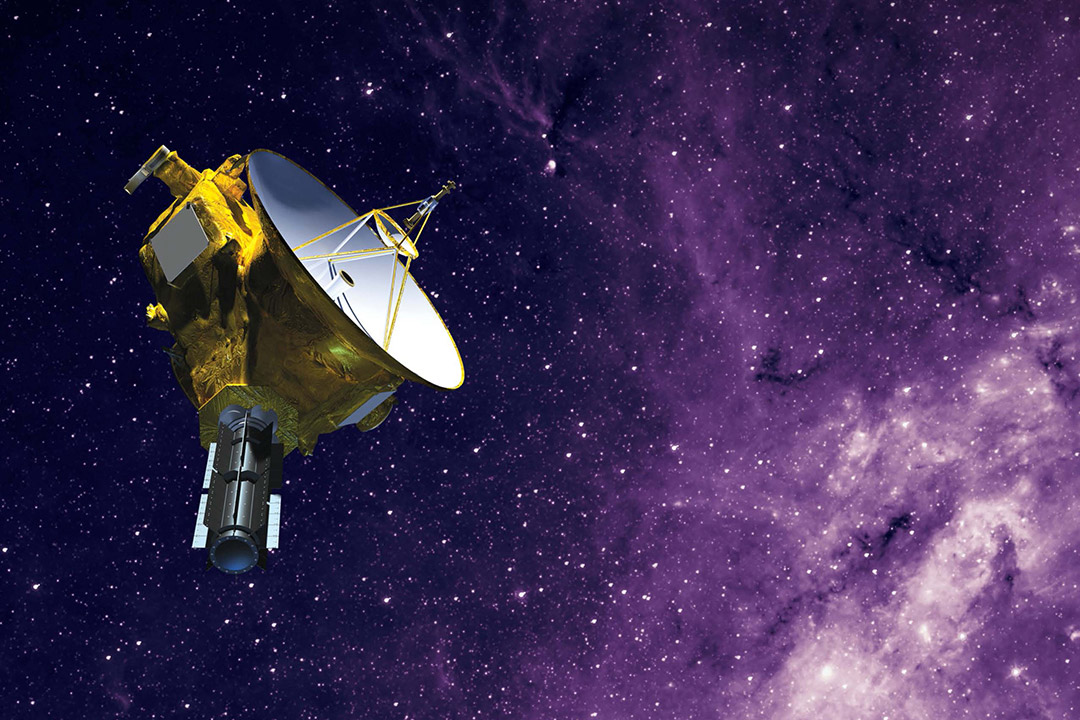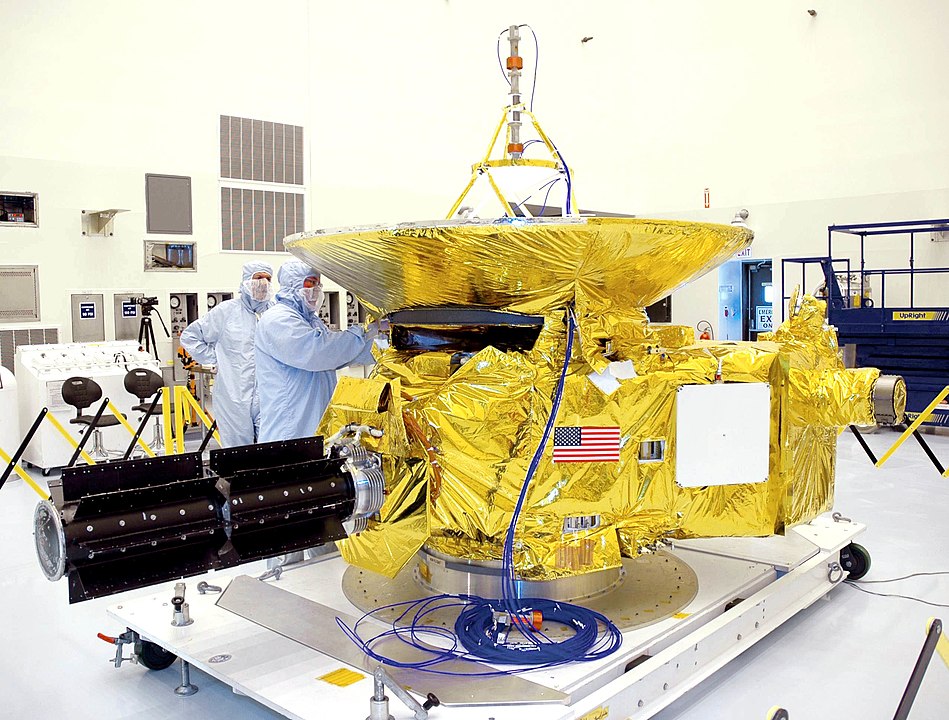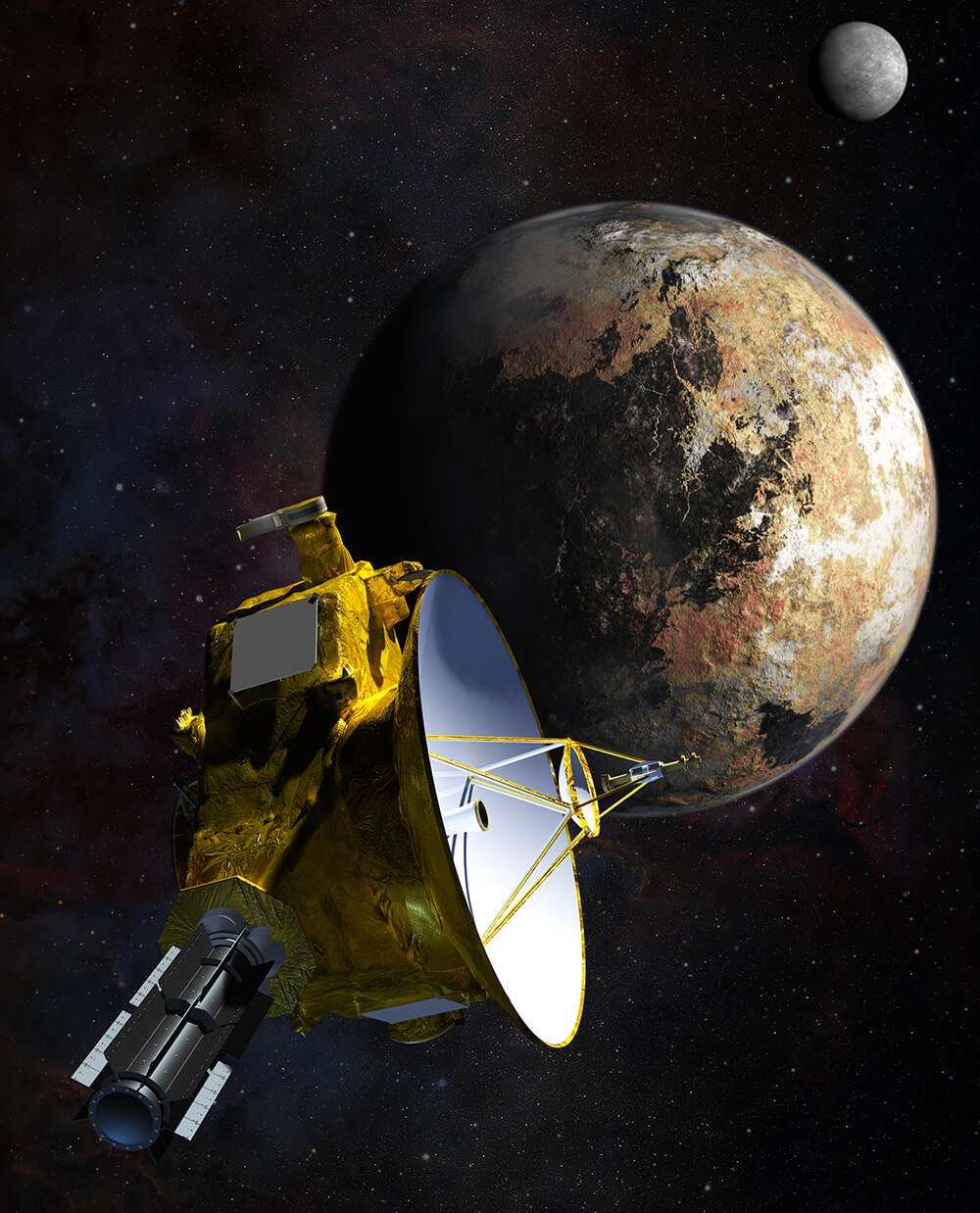Think about background radiation and most people immediately think of the cosmic background radiation and stories of pigeon excrement during its discovery. That’s for another day though. Turns out that the universe has several background radiations, such as infrared and even gravitational wave backgrounds. NASA’s New Horizons is far enough out of the Solar System now that it’s in the perfect place to measure the cosmic optical background (COB). Most of this light comes from the stars in galaxies, but astronomers have always wondered if there are other sources of light filling our night sky. New Horizons has an answer. No!
Continue reading “New Horizons Measures the Background Light of the Universe”New Horizons Measures the Background Light of the Universe




